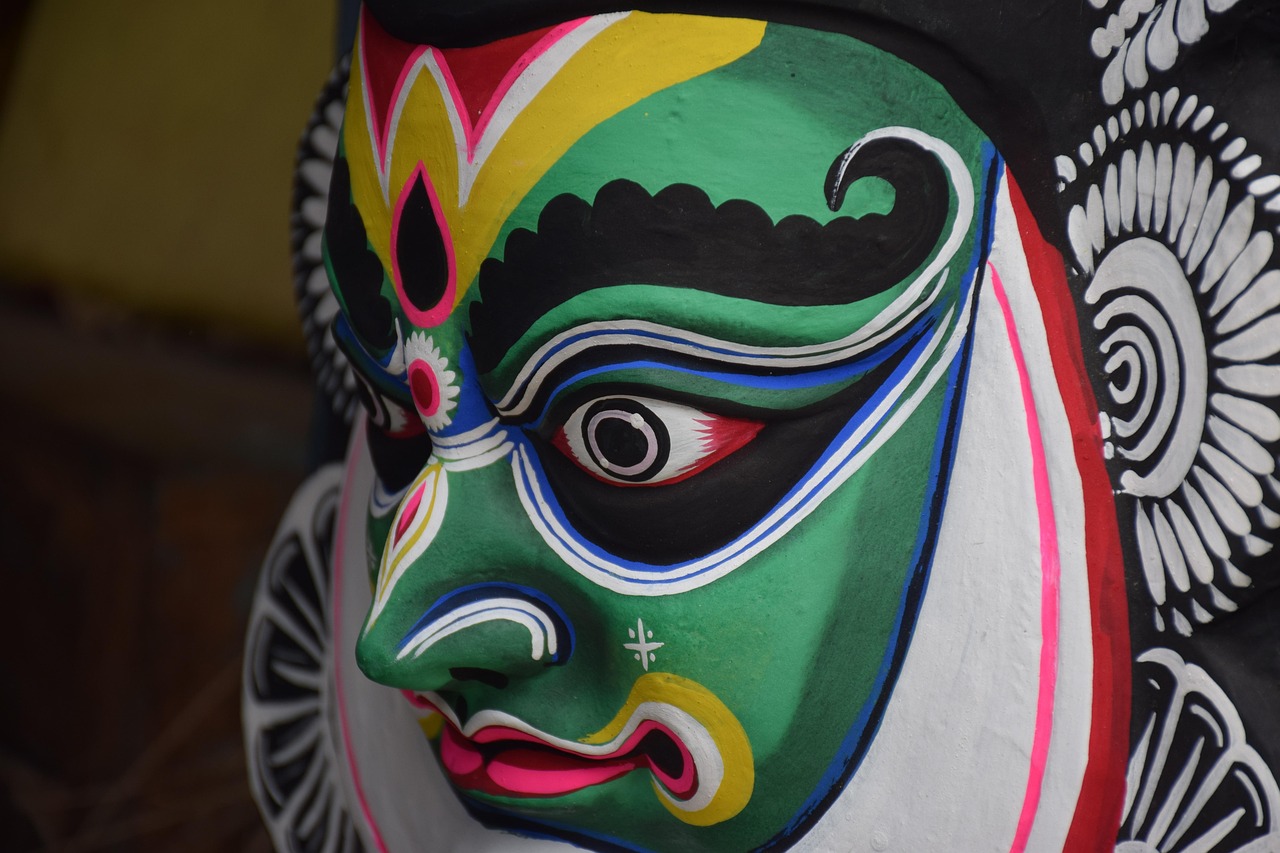
How West Bengal’s Cultural Politics Shape Economic Policies
Key Metrics:
- Lok Sabha Seats: 42 (third highest in India)
- Rajya Sabha Seats: 16
- Population: Over 100 million (2025 estimate)
- GDP Contribution: ₹16.97 lakh crore (FY 2023-24)
- Literacy Rate: 76.3% (2023 estimate)
- Urbanization Rate: Approximately 32%
Kolkata, 2025 — West Bengal, a state renowned for its rich cultural heritage and vibrant political landscape, has long demonstrated how cultural identity and regional pride influence economic policymaking. From supporting traditional industries like textiles and jute to fostering small-scale artisans, West Bengal’s economic strategies are deeply intertwined with its cultural politics. This article explores the interplay between the state’s cultural ethos and its economic policies, highlighting how political priorities shape its developmental trajectory.
The Intersection of Culture and Politics
- Cultural Identity as a Political Tool
- Regional Pride: Political parties in West Bengal, particularly the Trinamool Congress (TMC), have leveraged cultural symbols and festivals such as Durga Puja to consolidate voter support.
- Art and Politics: The state’s historical association with the Bengal Renaissance and intellectual movements influences its focus on cultural preservation in governance.
- Economic Implications of Cultural Politics
- Support for Traditional Industries: The emphasis on preserving cultural identity has led to sustained support for traditional industries like jute, textiles, and terracotta pottery.
- Tourism Development: Festivals like Durga Puja are not just cultural events but significant economic drivers, boosting local businesses and employment.
Economic Policies Rooted in Culture
- Revival of Traditional Industries
- Jute Industry: West Bengal, producing over 70% of India’s jute, has implemented policies to revive the sector by promoting biodegradable jute products and supporting farmers.
- Handloom and Craft Promotion: Initiatives like Biswa Bangla have focused on marketing traditional crafts and handlooms globally, creating livelihoods for rural artisans.
- Tourism as an Economic Driver
- Cultural Festivals: Events like Durga Puja and the Kolkata International Film Festival attract millions of tourists, generating significant revenue for the state.
- Heritage Sites: Investments in preserving sites like Victoria Memorial, Sundarbans, and Shantiniketan align with cultural tourism, driving economic growth while showcasing Bengal’s heritage.
Policy Innovations Linked to Culture
- Support for Small-Scale Enterprises
- Artisan Empowerment: Programs to train and support artisans in pottery, handloom, and embroidery have been prioritized to preserve traditional skills while boosting rural incomes.
- Microfinance Initiatives: Providing credit and subsidies to small-scale industries aligns with the state’s commitment to cultural preservation.
- Education and Literature
- Cultural Curriculum: Emphasis on Bengali literature, art, and history in state curricula fosters a sense of identity among youth while promoting careers in creative industries.
- Support for Writers and Artists: Grants and awards for literary and artistic contributions ensure the sustenance of West Bengal’s intellectual legacy.
Challenges in Balancing Culture and Economics
- Modernization vs. Preservation
- Industrial Decline: Over-reliance on traditional industries has sometimes hindered modernization, limiting the state’s competitiveness in emerging sectors like IT and manufacturing.
- Policy Conflicts: Balancing cultural preservation with the need for industrialization remains a challenge, as seen in opposition to large-scale land acquisitions for industrial projects.
- Regional Focus vs. National Integration
- Federalism Tensions: West Bengal’s emphasis on regional identity occasionally clashes with central economic policies, creating challenges in resource allocation and project implementation.
- Limited Industrial Diversification: While cultural policies boost traditional sectors, the state struggles to attract high-tech industries compared to states like Karnataka and Maharashtra.
Opportunities for Growth Through Cultural Policies
- Leveraging Tourism
- Cultural Branding: Positioning West Bengal as a global cultural hub can attract international tourists, boosting revenue and creating jobs.
- Eco-Tourism: Promoting regions like the Sundarbans for sustainable tourism aligns with global trends while preserving biodiversity.
- Globalizing Traditional Industries
- Export Potential: Expanding the global market for jute, handlooms, and other crafts can significantly increase revenue while preserving cultural heritage.
- Collaborations with Modern Design: Partnering traditional artisans with contemporary designers can create unique products with international appeal.
Conclusion: A Unique Economic Model
West Bengal’s cultural politics serve as both a strength and a challenge in shaping its economic policies. By intertwining cultural preservation with economic development, the state has carved a unique path that emphasizes regional pride and social equity. However, to fully harness its potential, West Bengal must strike a balance between cultural priorities and modernization, ensuring inclusive growth that resonates both locally and nationally.

